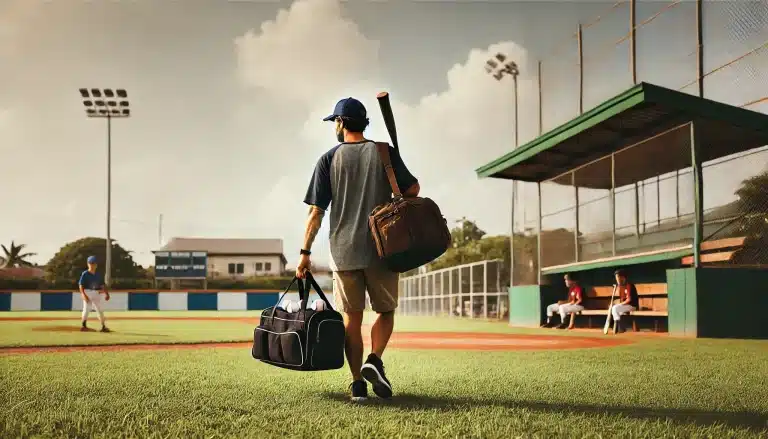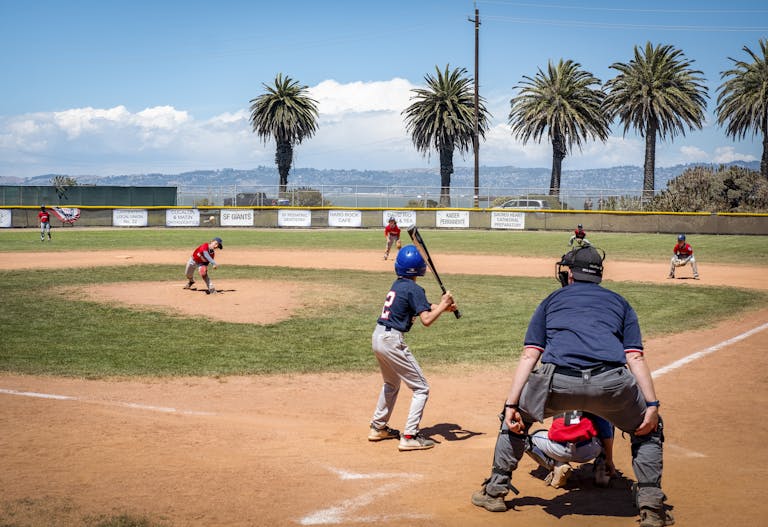⚾ How to Make Coaching More Engaging for Your Players
Let’s be honest—coaching Little Leaguers can feel more like crowd control than baseball some days.
The moment practice begins, it can feel a bit chaotic. Kids running in every which direction. It’s not a lack of talent—it’s a surplus of energy.
But here’s the good news: that energy is fuel. With the right structure and a little creativity, you can channel it into something incredible.
Let’s turn the chaos into controlled, skill-building fun.
What’s the Real Problem?
Most youth baseball players aren’t tuning out because they don’t love the game—they’re tuning out because practices aren’t built for how kids think and learn.
Long lines, over-coaching, and repetitive drills are a recipe for restlessness.
And when players aren’t engaged, they’re not learning.
Even worse, they start associating baseball with boredom instead of excitement.
Good coaching isn’t just about what you teach—it’s how you make players feel while learning it.
Let’s fix that.
Game-On Coaching: 7 Tips to Keep Players Engaged
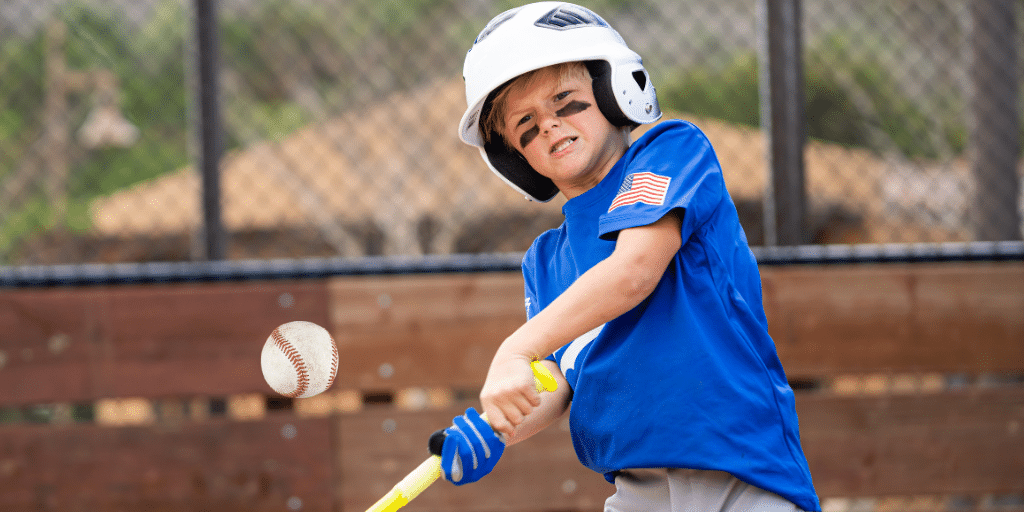
1. Start Fast and Fun
Open with a warm-up game—like “Freeze Tag with a Ball” or a base-running relay.
These get kids moving, laughing, and mentally ready.
You’ve set the tone: this won’t be a yawn-fest.
👨👩👦 Coach Tip: Prep the game before practice starts.
Use it to transition into more structured drills without the usual, “Are we done yet?”
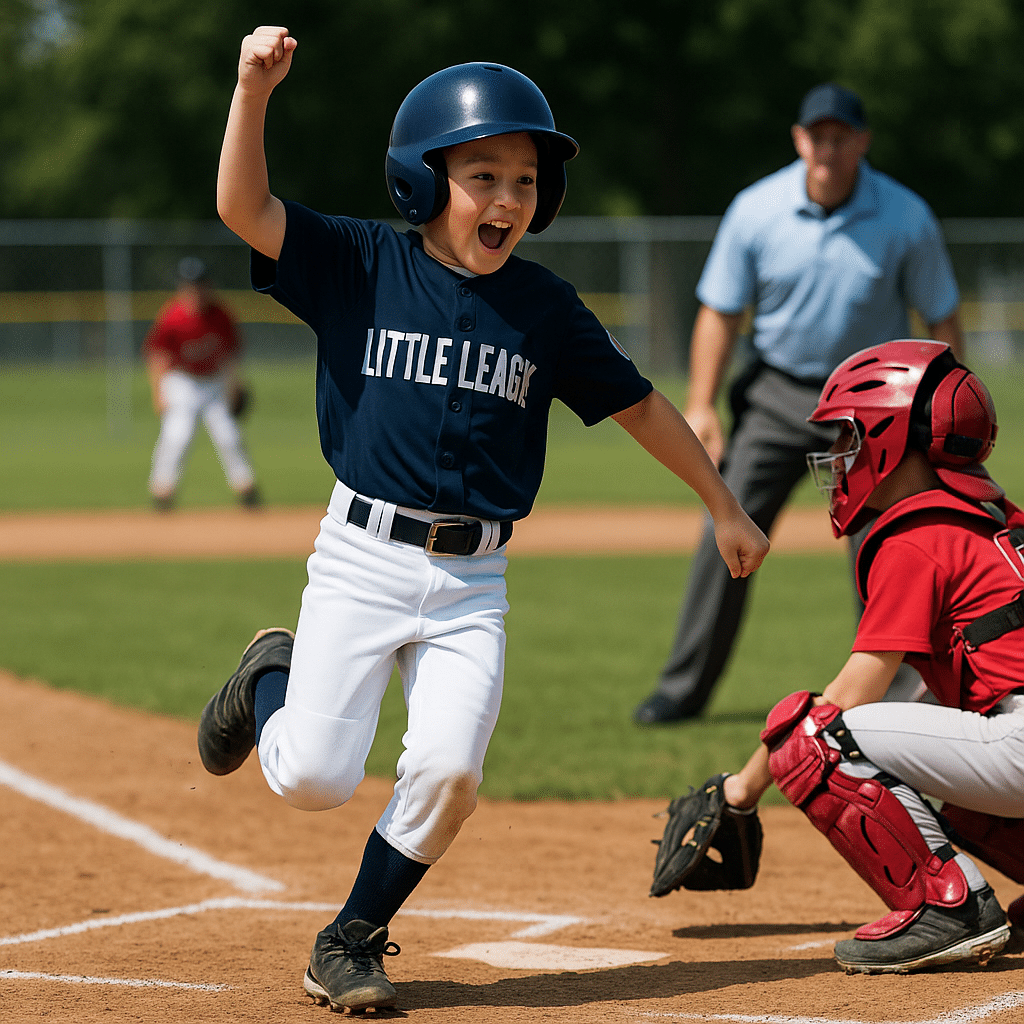
2. Drill with a Twist
Every skill has a drill—but not every drill has to be boring.
Add points, targets, time limits, or fun challenges.
- Example: Hitting off a tee? Add cones or buckets as targets for accuracy points.
- Fielding grounders? Turn it into “partner pong” where players roll to hit a center cone.
🎯 Visual Demo Idea for Social:
Tee Hitting Accuracy Challenge – Kids hit balls off a tee aiming for colored buckets. Easy to film, fun to share.
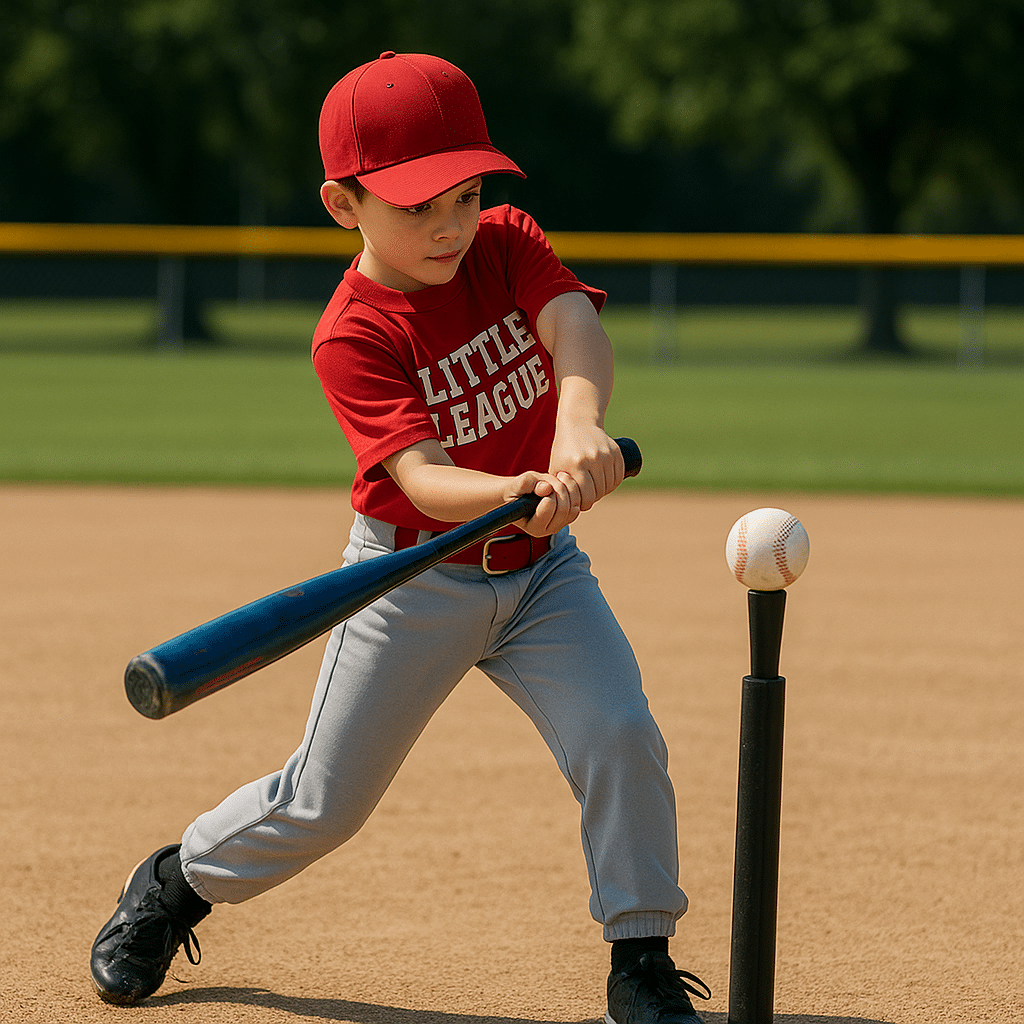
3. Give Players a Voice
Let players suggest warm-ups, lead a drill, or vote on which game finishes practice. Ownership builds buy-in.
🗣 Coach Version: “We’re working on fielding today—who remembers a fun way we did that last time?”
👦 Player Version: “Can we do the point game again but make it harder?”
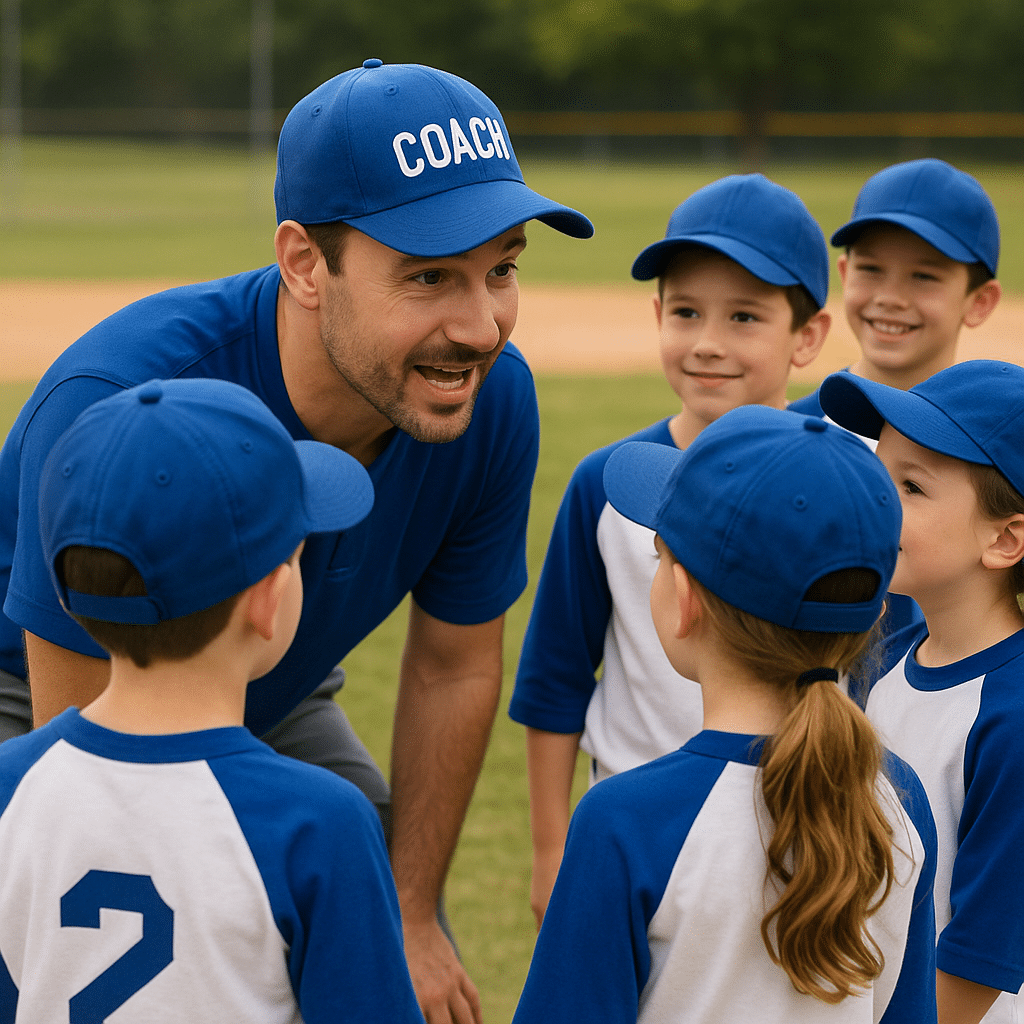
4. Keep Everyone Moving
Ditch the lines. Break players into small groups and set up 2–3 stations that rotate every 10–12 minutes.
- Example Station 1: Fielding Grounders — players work on short hops and glove angles.
- Station 2: Tee Work with Targets — hitting into zones marked with cones.
- Station 3: Throwing Accuracy — aim at a target net or taped square on a fence.
Use assistant coaches or parent helpers to run each one.
⏱ Bonus: Time flies when kids are active. They stay engaged, and you avoid the dreaded pileup of bored kids swinging imaginary swords with bats.
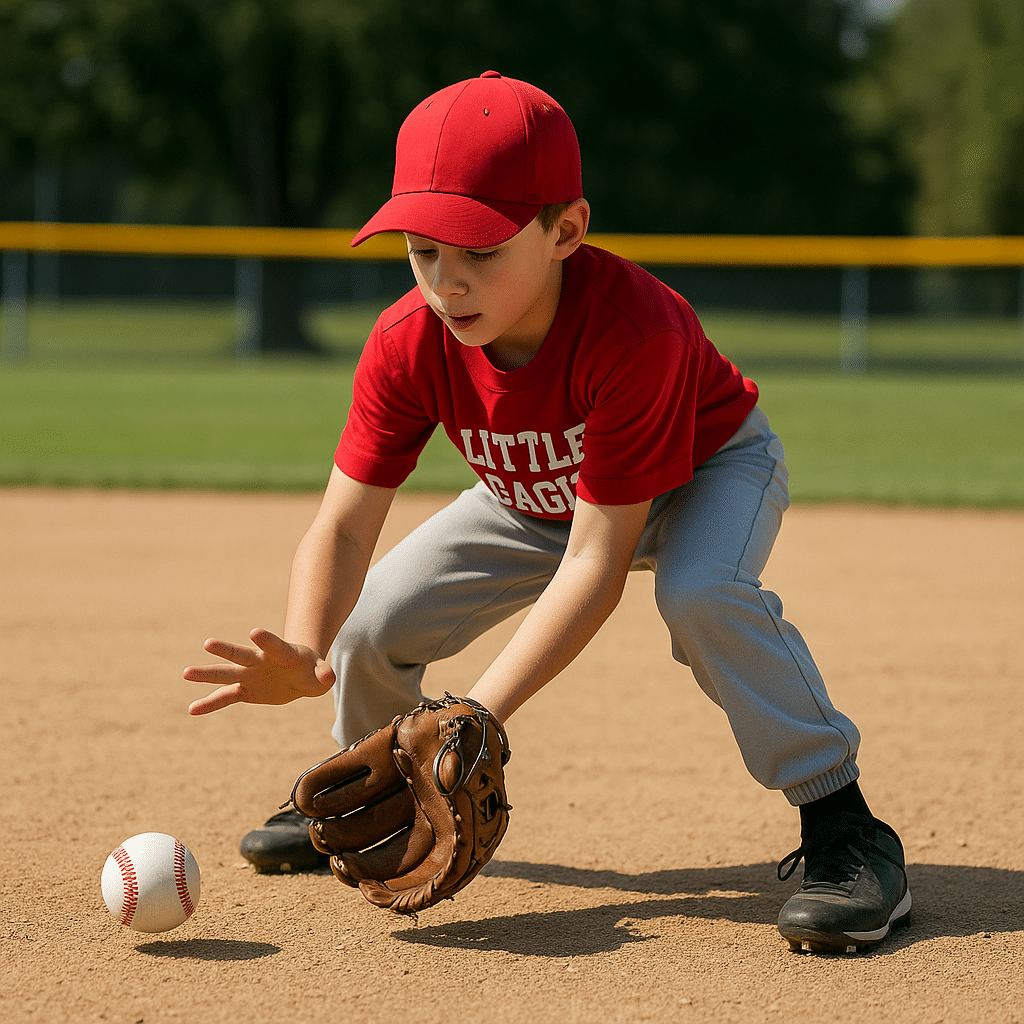
5. Reward the Right Stuff
Praise effort, hustle, and good sportsmanship—not just results.
🏅 Create small awards like “Safety Star,” “Hard Hat Hustler,” or “Good Teammate of the Day.”
Players love recognition, and it sets a tone that values growth.

6. Mix Verbal and Visual Cues
Young players zone out with too much talking.
Use simple cues like claps, hand signals, or field markers to reinforce instruction.
Tape a line for foot placement.
Clap twice for freeze. Show, don’t tell.
🔗 Especially helpful for players with different learning styles or attention challenges.

7. Keep It Player-Centric
Structure drills with player development in mind, not perfection.
Let them make mistakes, laugh through learning moments, and compete at their pace.
Progress over polish.
🧠 Players will rise to the challenge when they feel trusted to grow.
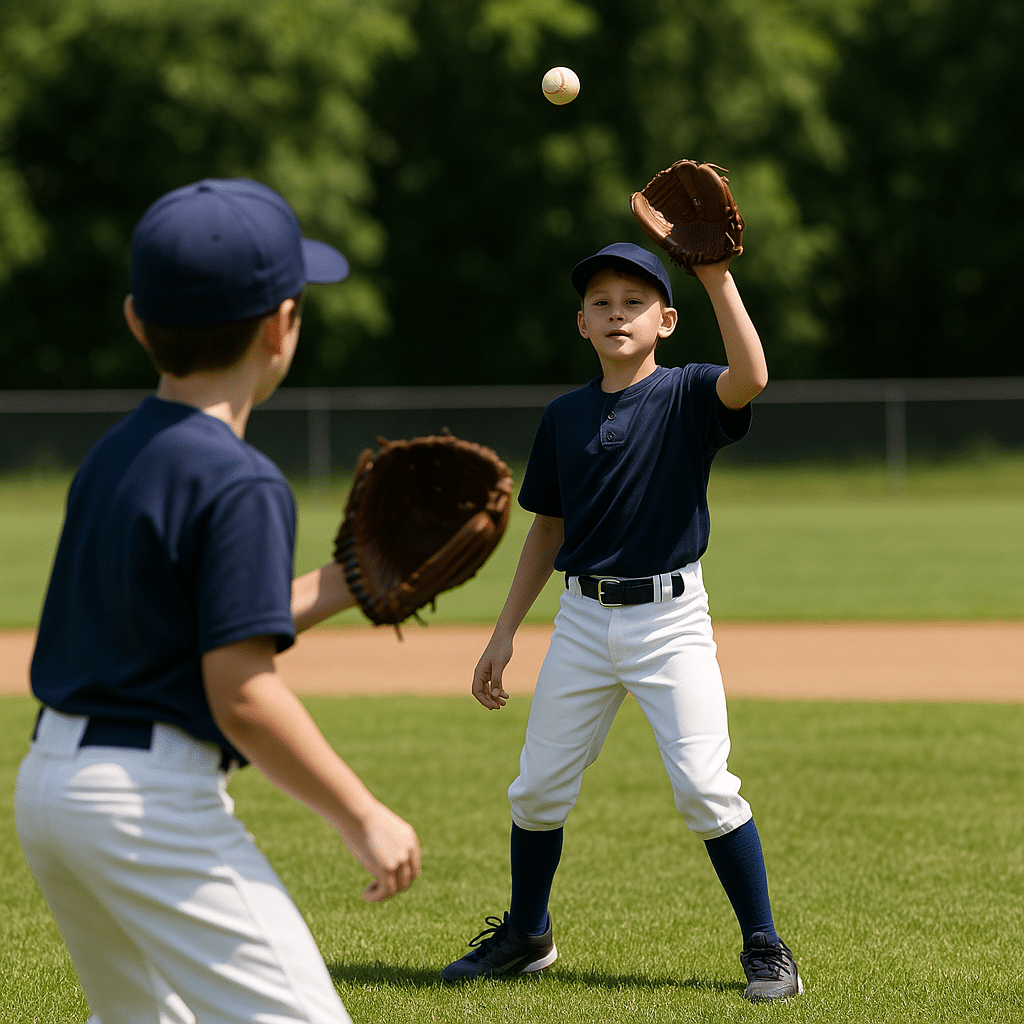
Tools & Gear to Keep Practice Snappy


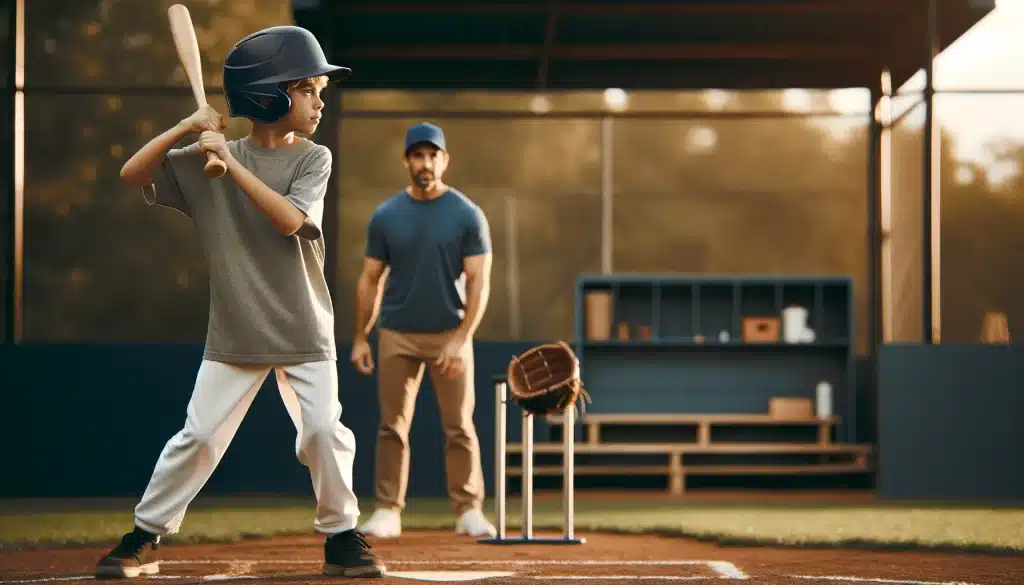

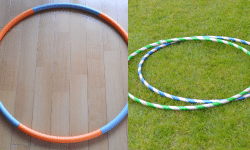

- Batting Tees with Target Zones: Great for hitting accuracy and competitive games.
- Soft-Core Balls: Ideal for younger players to gain confidence without fear of getting hurt.
- Cones + Hula Hoops: Perfect for setting up base-running paths, hitting targets, or fielding zones.
- Portable Pop-Up Nets: Quick to set up for station drills and hitting challenges.
Frequently Asked Questions
How long should practices be for 8–12 year olds?
60 to 90 minutes max. After that, focus (and fun) drop quickly.
How do I keep players engaged without overwhelming them?
Stick to one or two clear focus points per session.
Kids stay engaged when they feel successful—not confused.
Keep it simple, fun, and build from there.
What if players start losing focus midway through practice??
Use mini-resets like a quick game, water break, or silly challenge (think: one-legged catching contest).
These keep energy up and minds fresh without needing a long session.
Can I use games and drills in the same practice?
Absolutely! Start with a fun game, focus on 2–3 key drills, and finish with a friendly challenge.
What’s one drill every practice should include?
Throwing accuracy. It builds confidence, reduces errors, and helps with arm development.
How can I keep quieter kids involved?
Use small groups or pair them with encouraging teammates.
Let them lead warm-ups—they often shine when given structure.
Conclusion
Good coaching is never just about the hits and errors—it’s about creating a space where kids want to show up, try hard, and come back for more.
The drills matter.
The structure matters.
But what really sticks?
The laughter, the confidence, the sense of team.
If you can make practice feel like the best part of their day, you’ve already won.
Follow our website: box-seats.com
👉 Subscribe to High N Tight – our weekly look at the world of baseball from our unique POV.



